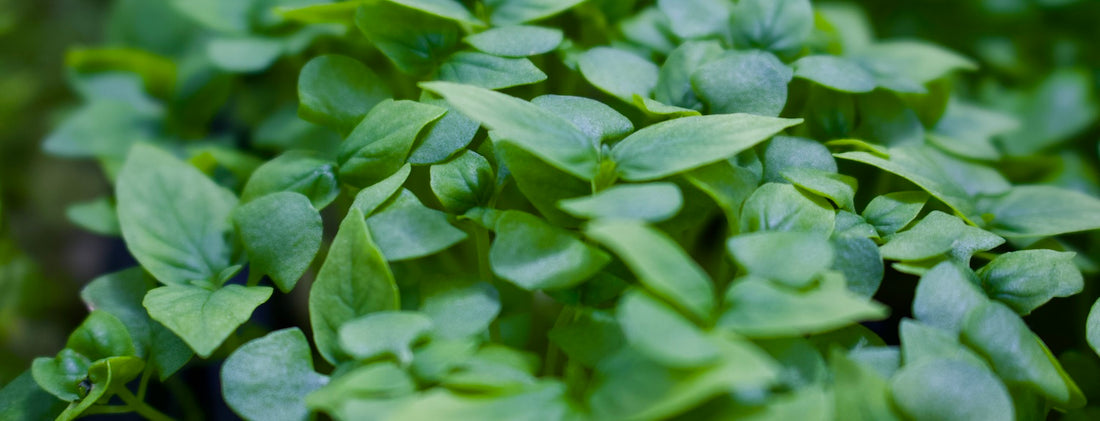When it comes to feeding your plants, there are many methods in which to do this.
The most common systems for indoor growers rely on recirculation or wicking.
These are great systems and generally perform really well, minimal maintenance, super easy to setup and use.
- A recirculating system is driven by an under-tank (reservoir) which contains a water pump timed to deliver the nutrient solution every few hours for up to 5 minutes at a time. This water is recirculated through a system and fed to the plants over again.
- A DWC System (Deep water culture) uses the same principle without the recirculation of nutrient to the top of the plant pot. DWC utilizes air stones which carry air from an air pump into the nutrient solution, by aerating the solution and maintaining temperature, EC & pH, wonderful things can be achieved in a DWC System.
As good as these systems are there is one drawback, the depletion of elements in the water.
"There are systems that can dose the main tanks for you, however the main drawback of this option for the hobbyist is the cost involved purchasing automated dosing machines.”
Run to waste is pretty much exactly as it sounds, you feed multiple times per day with approx. 15-25% run off. The excess run off is not recirculated back to the main tank, instead it is usually run out of the space using low-plumbed catch pots.

Image credit: MagicBeaver
The reason run to waste will provide a greater yield overall is because the value of EC and pH of the nutrient solution is maintained each feed.
Whereas in the other two systems mentioned, the depletion, unless topped up, can cause a host of problems or generally just underfeeding your plant, this will result in a much lower yield and plant quality. It will also show nutrient deficiencies/lockout as the pH rises through consumption.
Run to waste systems generally use more nutrients so there will be a slight increase on outgoings however the return will smash anything previous regarding end yield.
Another way to see the method; is imagine the plant being fed is a small child, now we don’t just give them a sandwich and tell them to make it last all day, we give them servings of food every few hours, as this helps sustain energy and continual growth… and so on.

What do I need to start growing plants Run to waste?
Example 4 pot system materials (links provided in case you want to build)
X4 18L Tub with Holes
X4 24L Tub no Holes
X4 19mm Tub Outlets
X2 19mm Tee Pieces
X1 19mm Elbow
X1 19mm Tap
X5 Poly plumbing 19mm (5-10M)
X3 Bags of Coco Lite
Water Pump (Optional: automation)
Programmable Timer (Optional: automation)
The tools you will need to create this:
- Hole-saw adapter
- Drill
- Tape measure
Time to put together; approx. 15-30 minutes.
All hydroponic systems are great, some just require maintenance that outside of normal daily life is too difficult for some to manage.
Stick to what suits your lifestyle!




